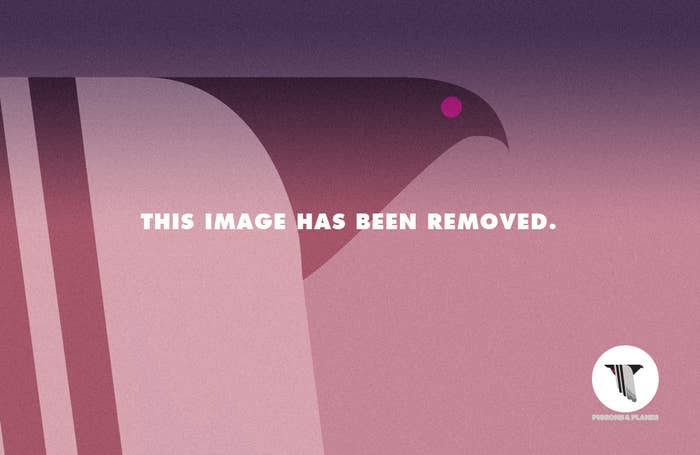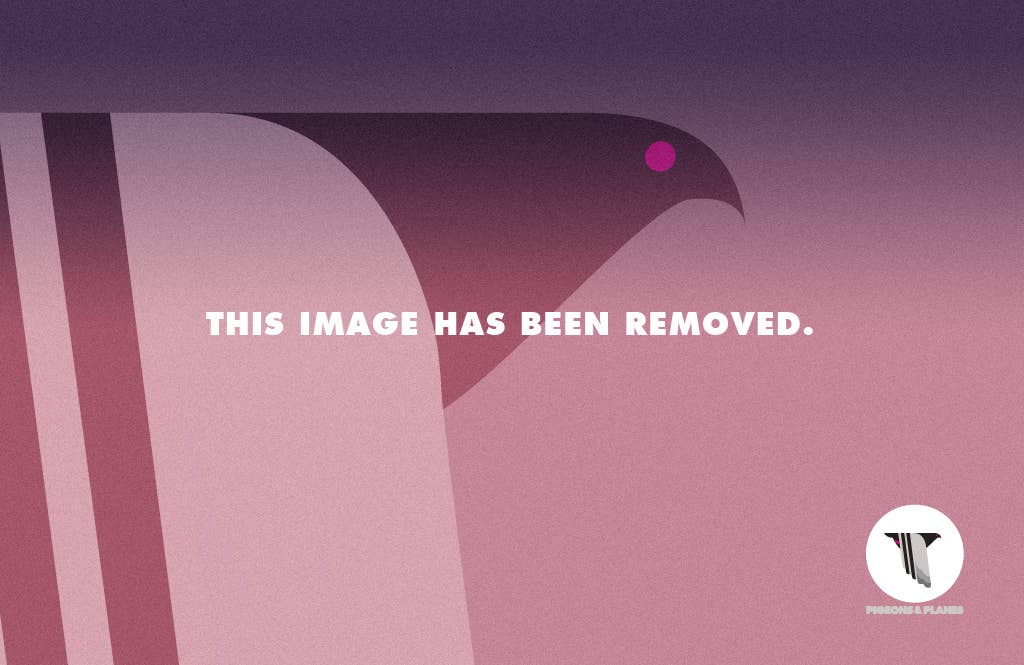1.

The week before SXSW, I was at a dinner with a co-worker and a few people who worked at a record label. When we started talking about SXSW, it was mostly negative. We talked about how corporate it has become, and how much it has changed over the years. We talked about how all the huge artists now dominate headlines, and how nobody really breaks out at SXSW anymore because there’s too much noise. We talked about how SXSW doesn’t even matter. The next week, we’d all head out to Austin because we felt obligated to, but nobody was feeling very good about it.
This year was only my second time at SXSW, so it’s hard for me to wrap my head around the good old days, when the spirit of SXSW was “about the music” and when bands could actually crack through some imaginary ceiling if they performed well enough in Austin, TX during the right week of the year. It’s hard for me to imagine a time when each show didn’t have 10 corporate sponsors and when you weren’t asked to use a particular hashtag every time you stepped inside a venue.
Talking to Austin locals (read: Uber drivers) at SXSW, it’s clear that the festival has some positives. It brings in a lot of money to Austin—about $315 million in 2014—and provides the city with an economic boost that allows for major development. If you only go to Austin once a year, the changes to the city are obvious. But more important than money, SXSW brings swarms of influential people together in one place at one time. That many like-minded people in one place yields huge opportunities.
More important than money, SXSW brings swarms of influential people together in one place at one time. That many like-minded people in one place yields huge opportunities.
SXSW brings together artists who wouldn’t typically be together, and unlike major festivals like Coachella and Lollapalooza, they’re often performing under the same roof in smaller, intimate venues. This year alone, I saw Little Simz greet Earl Sweatshirt backstage, I overheard Boogie ask who Bobby Raps was after nodding along to a performance, and I watched Michael Christmas and Kevin Abstract mob with the audience in the front row at Tim and Goodwin’s show.
The thing that will stand out most to me about SXSW 2015, though, is the young, developing artists who are still excited about all this. It’s easy to get jaded about SXSW, especially if going to it is a job requirement. It’s easy to complain about how corporate the shit is and how annoying the lines are and how obnoxious it is that huge artists monopolize all the headlines. It’s easy to hate.
But then you meet an artist who drove halfway across the country with with a backpack full of stickers and CDs, talking about future plans, goals for next year, the music they’ve been working on, and how crazy it is to finally make it to Austin and see all these artists and music industry people in one place. If you’re ever at SXSW feeling negative, talk to just one of these kids and you’ll remember what it’s all about.
This past week was draining. By the third night, I was ready to go home. My shoes were filled with mud, my phone couldn’t keep a charge past 10%, and I was tired of listening to speculation about if Kanye was going to show up, or if Drake was going to show up, or if KANYE AND DRAKE WERE BOTH GOING TO SHOW UP FOR A SURPRISE PERFORMANCE TOGETHER.
You can see Kanye and Drake in any city, any other time of the year. SXSW matters most to the artists who have something to gain.
You can see Kanye and Drake in any city, any other time of the year. SXSW matters most to the artists who have something to gain. It matters to the kids who saved up money so they could get to Austin once a year and try to make some positive connections. Going in to SXSW 2015, I had lost sight of this, and judging by all the complaints from other music journalists who waited in line to see some big-name act, I’m not alone. Not getting lost in the corporate-generated hype at SXSW is almost impossible.
We talk about “the spirit” of SXSW changing, but maybe we’re just looking in the wrong places. During my last few days in Austin this year, I stopped caring about what everyone else was talking about. I avoided the lines that wrapped around the block and steered clear of the shows that you couldn’t get into unless you know somebody who knows somebody. In those last days, I met musicians who were still wide-eyed and excited about being at SXSW for the first time. I connected IRL with people I had known on Twitter for years. And I met artists and aspiring industry professionals with ideas that have me genuinely excited.
SXSW still matters, because when that many like-minded people get together for a week, great opportunities and connections will always pop up. As it keeps expanding, and as companies continue to find ways to turn it into a #branded experience, discovering those opportunities may get more and more difficult. But if you ever find yourself in Austin, Texas feeling like SXSW sold out, just hit Red River street and find the kid passing out CDs. Grab one and start a conversation. Those are the conversations that make SXSW matter.
Thank you to everyone who made SXSW matter this year.

